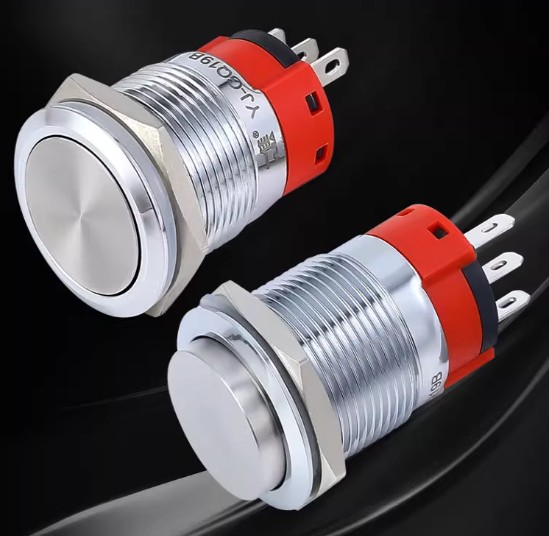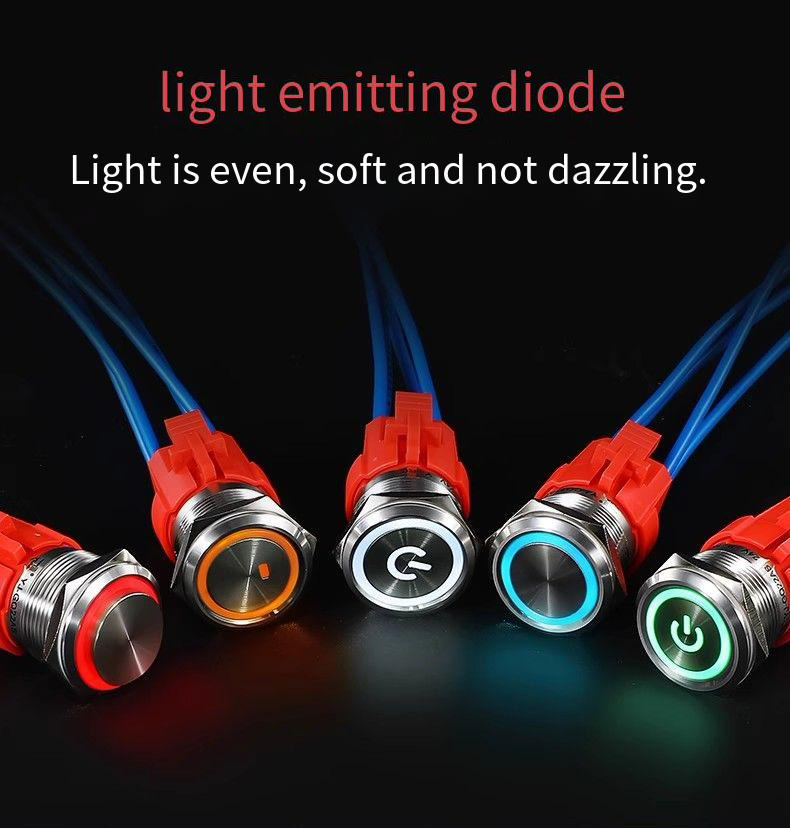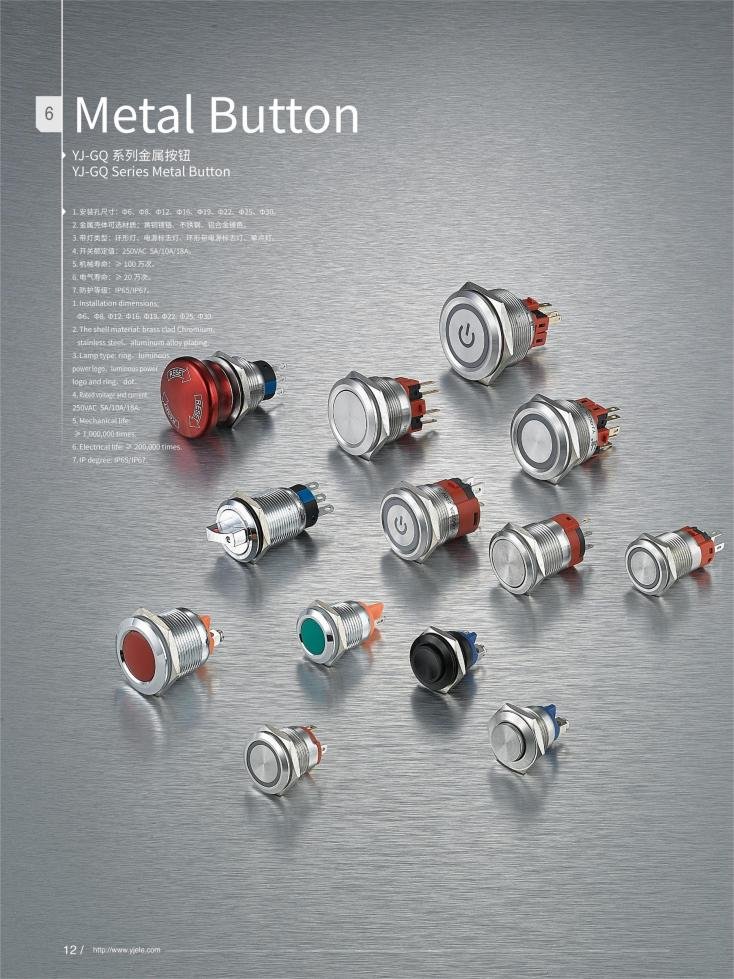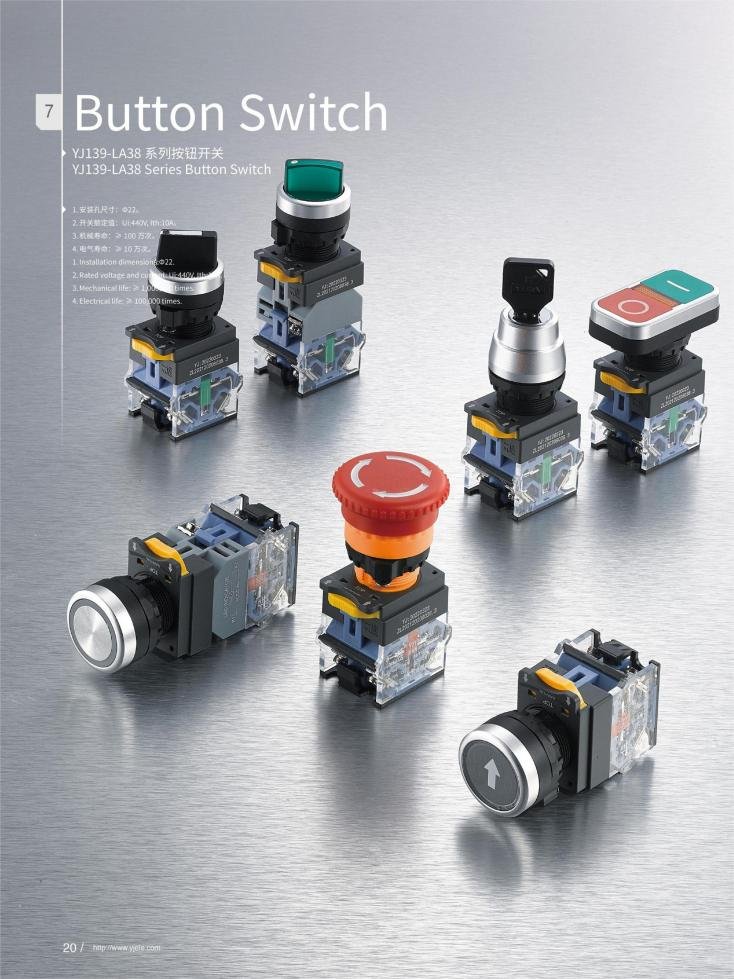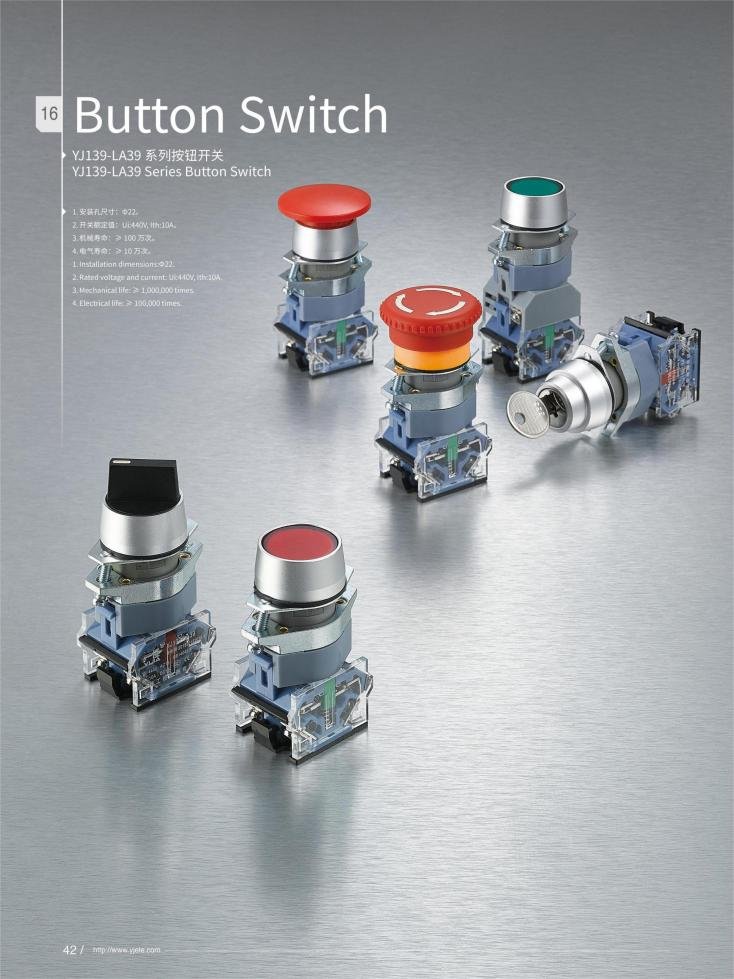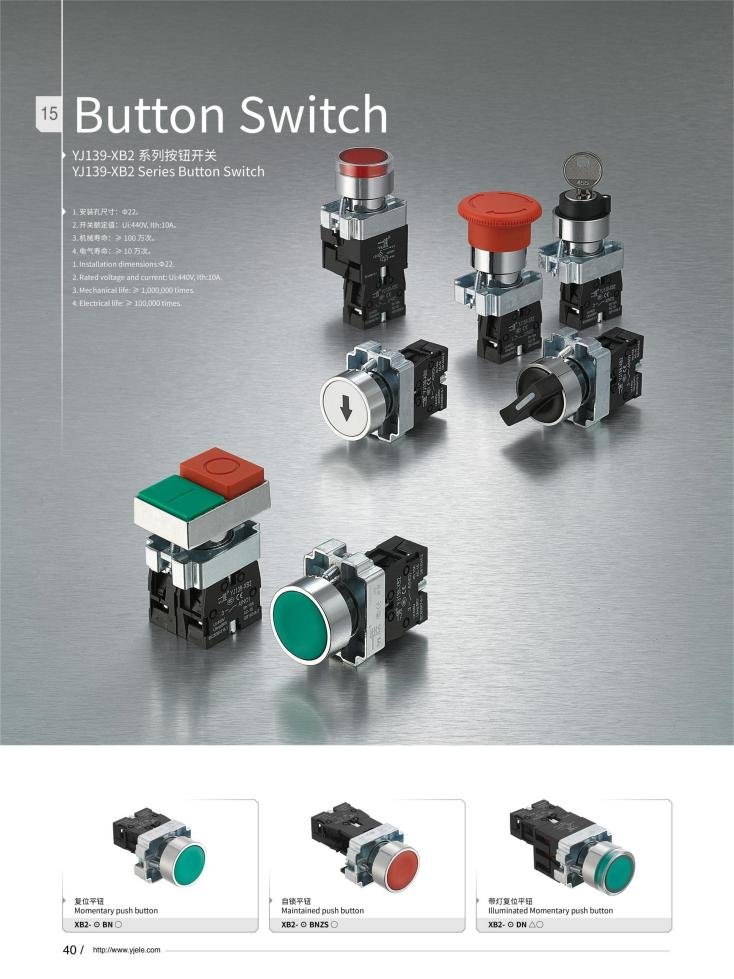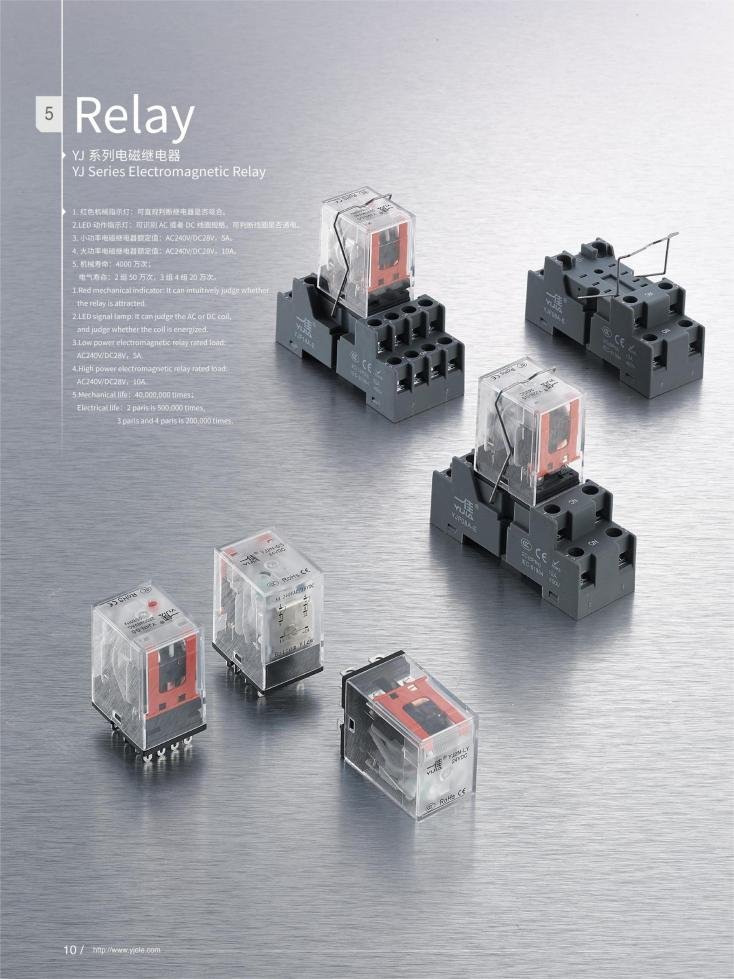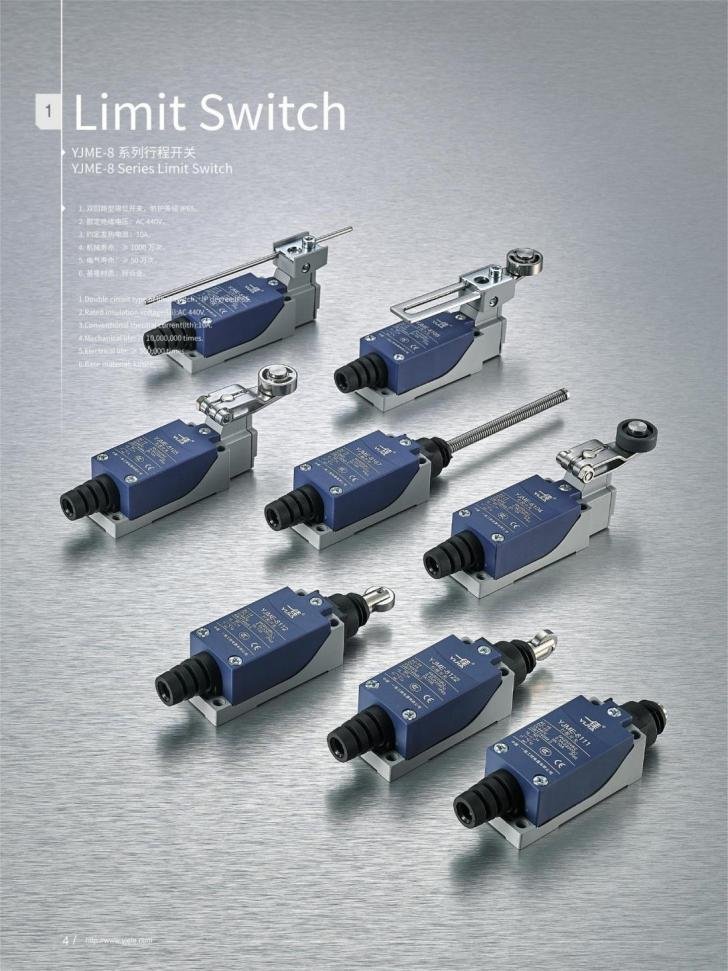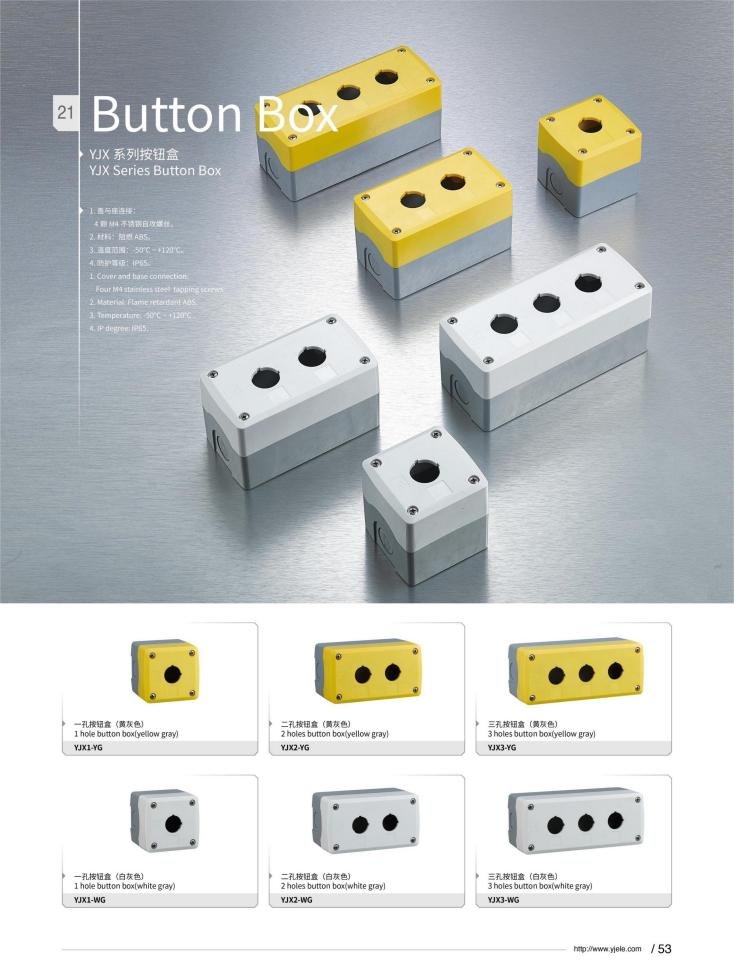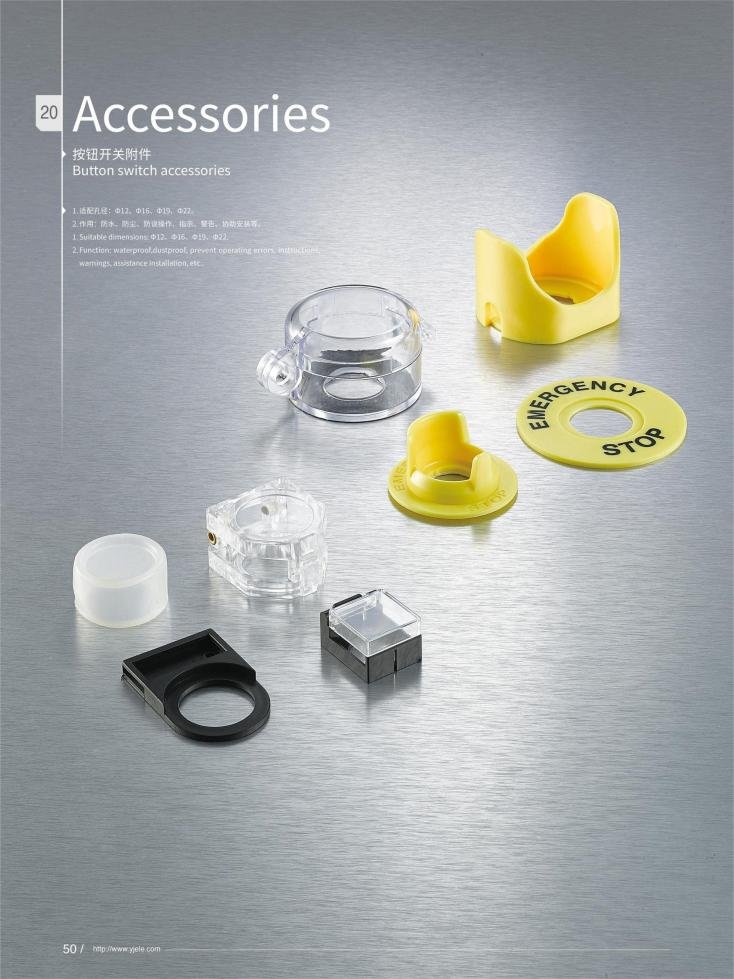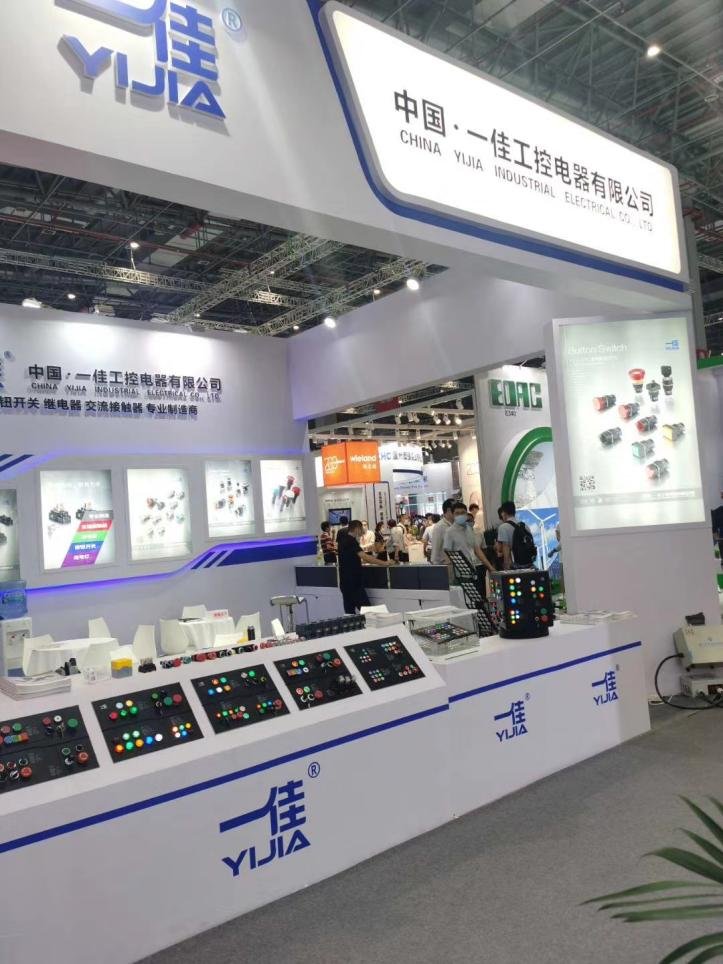When it comes to industrial equipment and machinery, the small components often make a big difference. One such critical component is the metal push button switch. It may seem straightforward—a button you press to turn a device on or off—but choosing the wrong type can lead to performance hiccups, safety hazards, and costly downtime.
In this blog, we’ll dive deep into how selecting the right metal push button switch can dramatically improve your equipment’s reliability and safety. We’ll explore the types, key features, and how to match them to your application needs. Whether you’re upgrading existing hardware or sourcing parts for a new product, this guide is here to help you make informed choices that pay off in the long run.
What Is a Metal Push Button Switch?
Simply put, a metal push button switch is a tactile control device used to activate or deactivate electrical circuits by pressing a metal button. Unlike plastic switches, metal types offer superior durability, aesthetic appeal, and often better resistance to environmental conditions, making them popular in industrial and commercial settings.
| Feature | Description | Why It Matters |
|---|---|---|
| Material | Usually stainless steel, brass, or aluminum | Provides corrosion resistance and durability |
| Size & Shape | Varied button diameters and shapes | Fits different panel designs and user preferences |
| Operating Mechanism | Momentary (on/off while pressed) or latching (on/off toggle) | Ensures appropriate control behavior |
| Electrical Ratings | Voltage and current limits | Matches power requirements of your device |
Common types include illuminated, non-illuminated, momentary, and latching switches, each serving different control functions. Knowing these basics will help you narrow down which switch suits your purpose.
Did you know using the right metal push button switch type can reduce maintenance costs by up to 30%? If you need help selecting the best option, feel free to contact our experts today!
Key Factors for Choosing the Right Metal Push Button Switch
Selecting the proper switch isn’t just about picking a button that looks nice. Several critical factors affect the performance and safety of your device. Let’s break these down:
1. Material Quality
Metals like stainless steel offer excellent resistance to corrosion and physical wear, making them suitable for harsh environments. Brass and aluminum might be chosen for cost efficiency or specific electrical properties.
2. IP Rating (Ingress Protection)
Understanding the IP rating is crucial if your switch will face dust, water, or other contaminants. For example, IP67 means the switch can withstand dust ingress and immersion in water, suitable for outdoor or industrial use.
3. Size and Mounting Options
Switches come in various diameters from 12mm to 30mm or more. Installation style (panel mount, PCB mount) needs to match your equipment design.
4. Feedback Type
Momentary switches return to their original position after being pressed (perfect for reset or start buttons).
Latching switches toggle between two states (ideal for power on/off control).
5. Electrical Ratings
Ensure your switch can handle your device’s voltage and current to prevent overheating or damage.
| Factor | Considerations | Example Use Case |
|---|---|---|
| Material | Stainless steel, brass, aluminum | Industrial machinery, control panels |
| IP Rating | IP40 to IP67+ | Indoor vs. outdoor applications |
| Size & Mounting | 12mm, 16mm, 19mm; panel or PCB mount | Control panels, machine consoles |
| Feedback | Momentary or latching | Push to start vs. toggle power switch |
| Electrical Ratings | Max voltage/current | High-voltage equipment needs robust switch |
If you want robust, heavy-duty switches, consider models labeled as “heavy duty metal push button switch” for enhanced durability. Need a water-resistant option? Search for “waterproof metal push button switch.” Want specific recommendations? Send your requirements, and we’ll guide you.
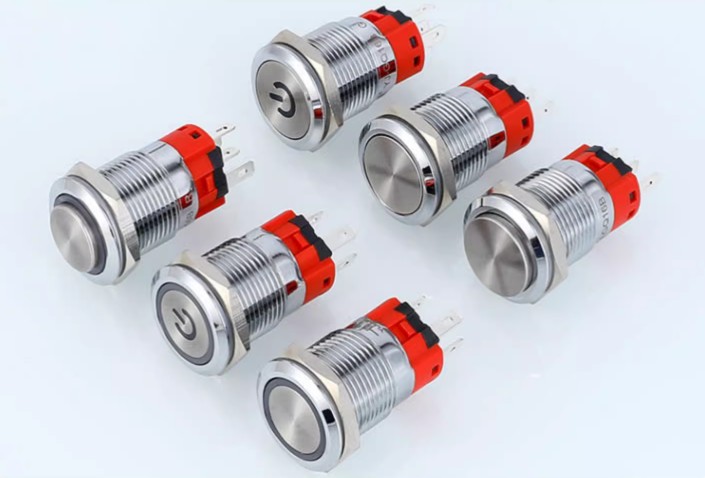

Discover how the right metal push button switch can enhance your equipment’s safety and efficiency. Get expert advice and order yours today!
Selecting Metal Push Button Switches for Different Applications
Not all switches are created equal, so it’s essential to match the button to its environment and intended use. Here’s how different applications influence your choice:
- Industrial Automation: Requires switches that withstand constant use, vibration, and possible exposure to oils and chemicals. High IP ratings and durable materials are a must.
- Traffic and Signal Controls: Buttons here might be exposed to weather and must be vandal-resistant, often requiring IP67+ protection and robust construction.
- Medical Equipment: Switches must have smooth operation with tactile feedback and be easy to sterilize—often stainless steel buttons with clean surfaces.
- Outdoor and Harsh Environments: Resist rain, dust, and extreme temperatures. Waterproof and corrosion-resistant switches are necessary.
| Application Area | Key Requirements | Recommended Switch Features |
|---|---|---|
| Industrial Automation | Durability, chemical resistance | Heavy-duty, IP65+, stainless steel |
| Traffic Controls | Weatherproof, vandal-resistant | IP67+, rugged metal housing |
| Medical Equipment | Sterilization-friendly, smooth operation | Stainless steel, illuminated options |
| Outdoor Equipment | Waterproof, corrosion-resistant | IP67 to IP69K, sealed designs |
Remember, a subpar switch in a critical environment can cause costly failures or safety incidents. Have questions about your specific needs? We are here to help you find the perfect match.
How Choosing the Right Switch Improves Performance
Selecting the correct metal push button switch can elevate your equipment’s performance in several ways:
- Faster Equipment Response: A switch with precise tactile feedback ensures operators can trigger actions quickly and confidently.
- Extended Equipment Life: High-quality materials and proper electrical ratings reduce wear and accidental damages.
- Fewer Failures: Waterproof and dustproof switches prevent environmental damage, minimizing downtime.
- Enhanced Safety: Prevents electrical shorts and inadvertent activations, reducing accident risk.
For example, a factory that switched to durable, waterproof push button switches reduced maintenance costs by 25% and saw a 40% drop in unscheduled downtimes over a year.
| Benefit | Description | Example Result |
|---|---|---|
| Improved Response | Quick, reliable activation | Enhanced operator efficiency |
| Equipment Longevity | Less wear and tear | Lower replacement frequency |
| Reduced Failures | Environmental protection | Fewer production stoppages |
| Increased Safety | Prevention of accidental operation | Safer workplace environment |
Investing in the right metal push button switch pays off. Ready to upgrade your switches? Contact us for tailored solutions.
Safety Considerations for Metal Push Button Switches
Safety should never be compromised. Here’s why choosing the right metal switch is critical:
- Explosion Proof Designs: Essential for hazardous environments such as chemical plants where sparks can be disastrous.
- Certified Standards: Look for CE, UL, or other safety certifications to ensure compliance with industry regulations.
- Ingress Protection: Adequate IP ratings help prevent electrical hazards due to water or dust ingress.
- Preventing Misactivation: Tactile feedback and lockable switches prevent accidental presses that can lead to damage or injury.
| Safety Feature | Importance | Example Application |
|---|---|---|
| Explosion Proof | Prevent sparks in volatile areas | Petrochemical plants |
| Certification | Comply with laws and quality standards | Healthcare, manufacturing |
| High IP Rating | Protection from moisture and dust | Outdoor and industrial use |
| Anti-misactivation | Avoid accidental pressing | Critical system controls |
Are you working in a high-risk environment? Ask us about our explosion-proof and certified metal push button switches designed to keep your operations safe.
Finding a Reliable Metal Push Button Switch Supplier
Choosing the right switch is one thing, but sourcing it from a trustworthy supplier is equally important. Here’s how to recognize a reliable partner:
- Verified Product Quality: Certifications and tested performance reports matter.
- Customization Services: Able to tailor switch appearance, function, or specifications.
- Strong Customer Support: Technical advice and timely service reduce project headaches.
- Positive Industry Reputation: Look for testimonials and case studies.
| Supplier Feature | Why It Matters | What to Ask/Look For |
|---|---|---|
| Product Certifications | Ensures product meets safety and quality standards | CE, UL, RoHS, ISO-certified |
| Customization Options | Get switches tailored to exact needs | Can you modify size, illumination, or mounting? |
| Technical Support | Helps during installation and troubleshooting | 24/7 support, engineering guidance |
| Customer Feedback | Understand real user experience | References, reviews, case studies |
Need a reliable metal push button switch manufacturer offering OEM or ODM? Contact us to learn how we can meet your precise needs.
Choosing the right metal push button switch is more than just picking a button. It’s about ensuring your equipment performs reliably, operates safely, and lasts longer. From material and size to protection ratings and functional types, each choice impacts your system’s overall success.
Don’t let a small component become a big headache. Use the tips in this guide to make smart decisions that protect your investment and improve efficiency. Ready to find the perfect metal push button switch for your application? Contact us today—we’re here to help you get it right the first time!
FAQ
On average, high-quality metal switches can last between 1 million to 5 million cycles, depending on usage and environment. Proper maintenance can extend their life.
For outdoor environments, an IP67 rating or higher is recommended to ensure water and dust resistance.
Yes, many manufacturers offer options for LED illumination colors and custom engravings or printing.
Regularly clean with a dry or slightly damp cloth. Avoid harsh chemicals and ensure protective caps or seals remain intact.

